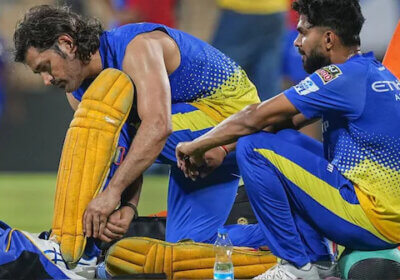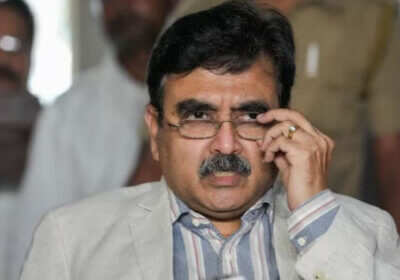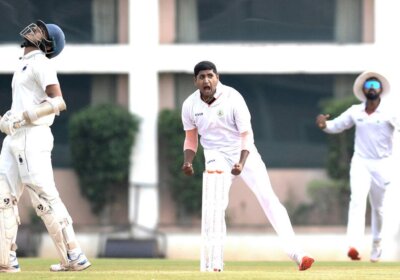The Indian Space Research Organization (ISRO) Chandrayaan-3 lunar mission has successfully established an almost circular orbit around the moon following a maneuver on Wednesday. The Vikram lander separation from the propulsion module gets scheduled for today. The race to the unexplored south pole of the moon is picking up speed, with Russia’s Luna-25 and India’s Chandrayaan-3 preparing for lunar landings next week. The potential overlap between the missions has heightened interest worldwide. Chandrayaan-3 aims to be the first to touch down on the moon’s south pole, while Luna-25’s quick trajectory sheds new light. The combined efforts of these missions will help us learn more about the moon’s past and future.
Related Read | Pictures From Chandrayaan-3 lander circulated by ISRO ahead of Moon landing
Vikram Lander got detached from Chandrayaan-3 today
While Chandrayaan-3 will be the first mission to land on the moon’s south pole, experts say Luna-25’s fast trajectory will shed new light as interest grows.
Chandrayaan-3 succeeded in setting a circular orbit around the moon
The Indian Space Research Organization’s (ISRO) Chandrayaan-3 lunar mission succeeded in establishing an almost circular orbit around the moon. It appears after the rocket completed a maneuver on Wednesday that placed it in an orbit around the moon.
Today’s separation of the Vikram lander from the propulsion module appears scheduled.
The pursuit of the undiscovered south pole of the moon is picking up speed
With Russia’s Luna-25 and India’s Chandrayaan-3 preparing for lunar landings next week, the race to the unexplored south pole of the moon is picking up speed. Each mission has significant repercussions beyond the exciting battle in the skies.
Potential overlap has elevated interest
While Chandrayaan-3 intends to be the first mission to touch down on the moon’s south pole, experts say that Luna-25’s quick trajectory sheds new light as interest grows. The proximity of their landing dates—August 21–23 for Chandrayaan-3 and August 23–24 for Luna-25—and any potential overlap has heightened interest worldwide.
Scientist Chrisphin Karthick’s remark
“Will the distinction depend on race? The lunar landscape may not get significantly changed by the order of arrival in the big picture of cosmic exploration. But each mission’s knowledge will help us learn more about the moon’s past and future. The value is in the total of our combined efforts,” says Chrisphin Karthick of the Indian Institute of Astrophysics in Bangalore, according to PTI.
About Chandrayaan-3 and Luna-25 mission
The third mission in India’s series of lunar exploration missions, Chandrayaan-3, embarked on its voyage on July 14 and effectively walked into lunar orbit on August 5. It is carefully adjusting its orbit to attempt a soft landing within 40 days of launch.
On August 10, Luna-25 took off by Russia, which is embarking on a historic return to lunar exploration after almost 50 years since the legendary Soviet-era Luna-24 mission in 1976. It is traveling more directly to the moon, which could enable it to try to land as soon as August 21 or in about 11 days. The mission’s lightweight construction and reliable fuel storage, which allowed it to travel a shorter distance to its destination, deserve credit for the quick trip.
Compared to Chandrayaan-3’s 3,800 kg lift-off mass, Luna-25 has a significantly lower taking-off mass of only 1,750 kg. The Indian Space Research Organisation (ISRO) claims that Luna-25 can accelerate more efficiently because of its lower weight.























Leave a Reply